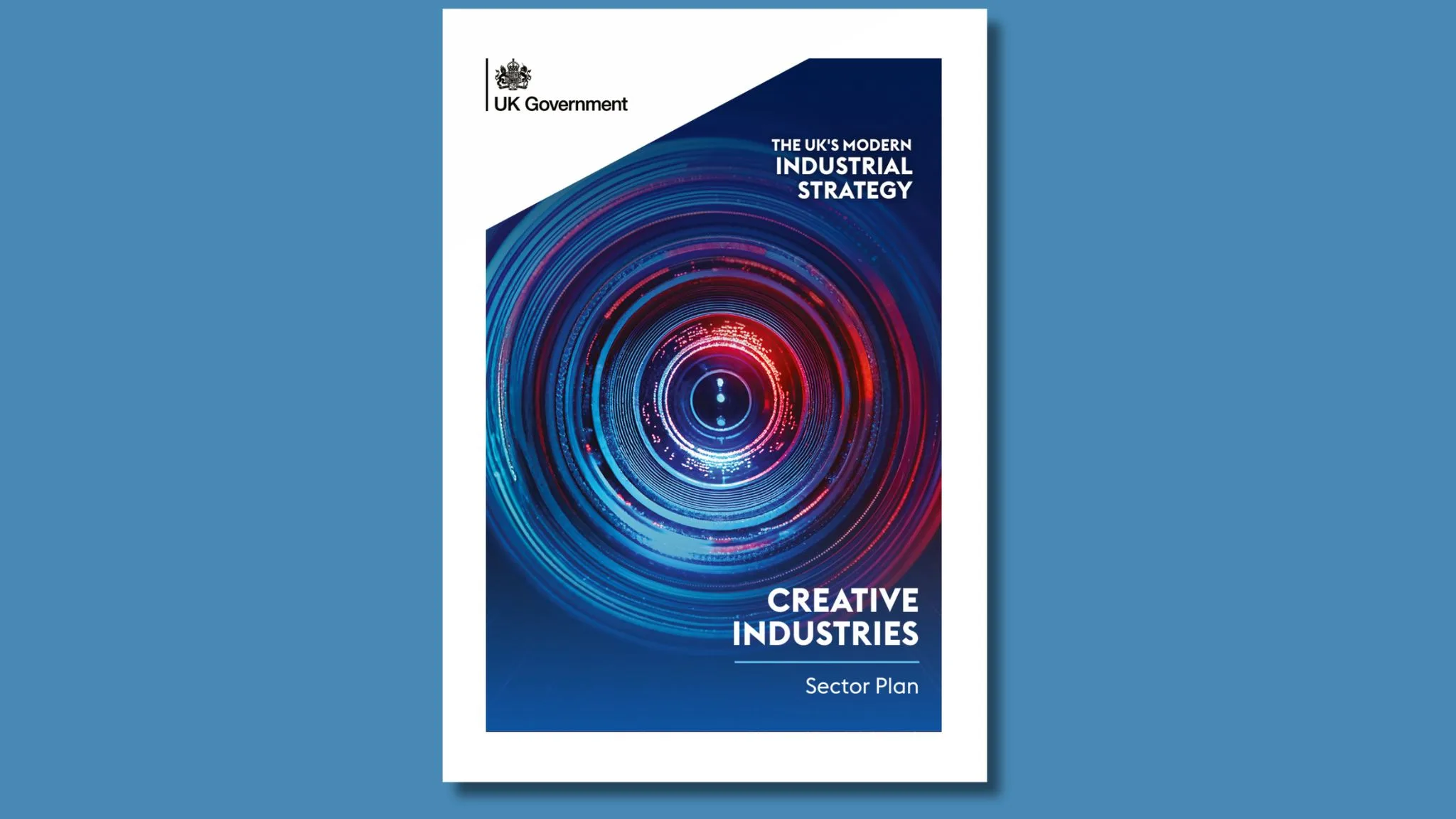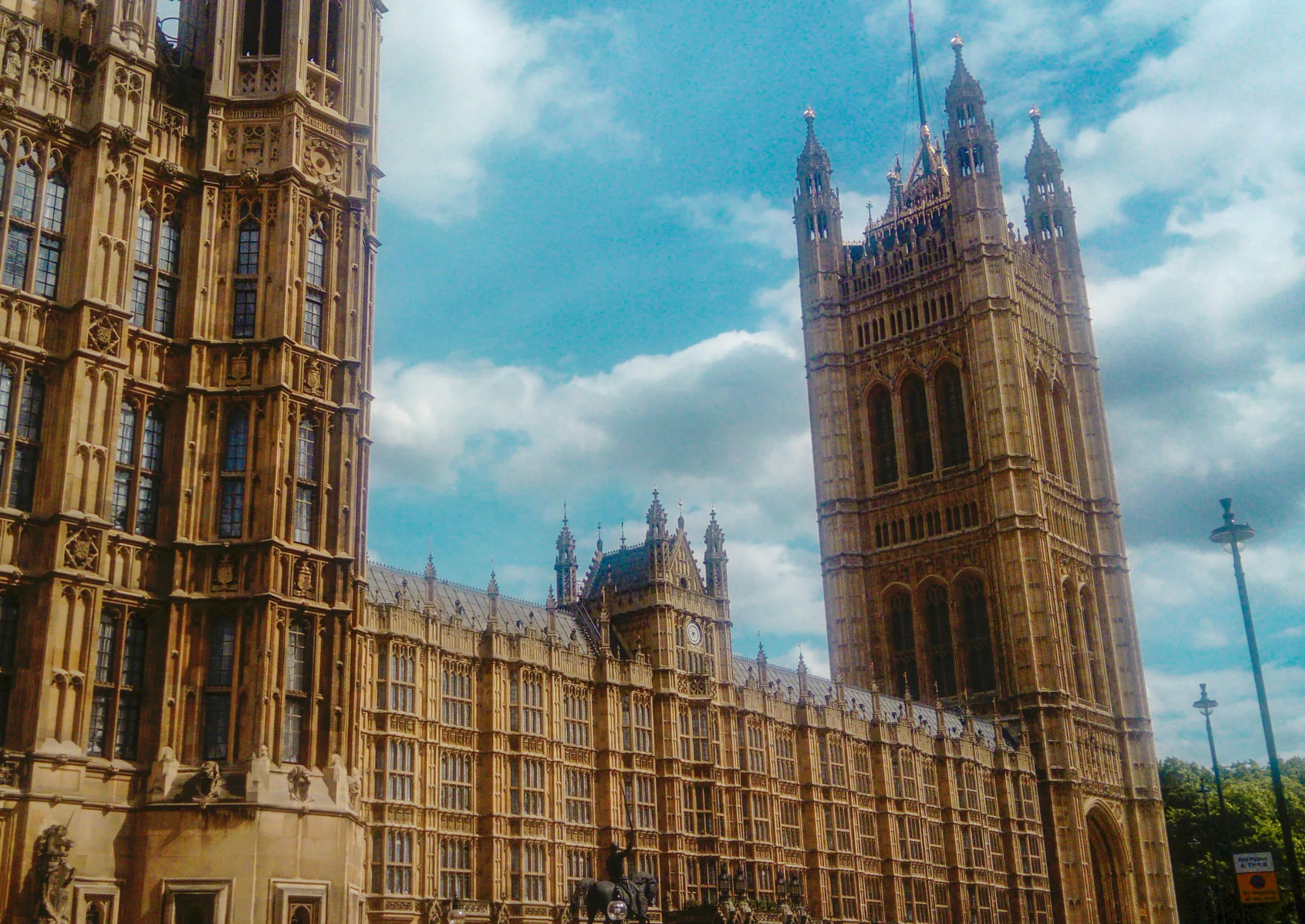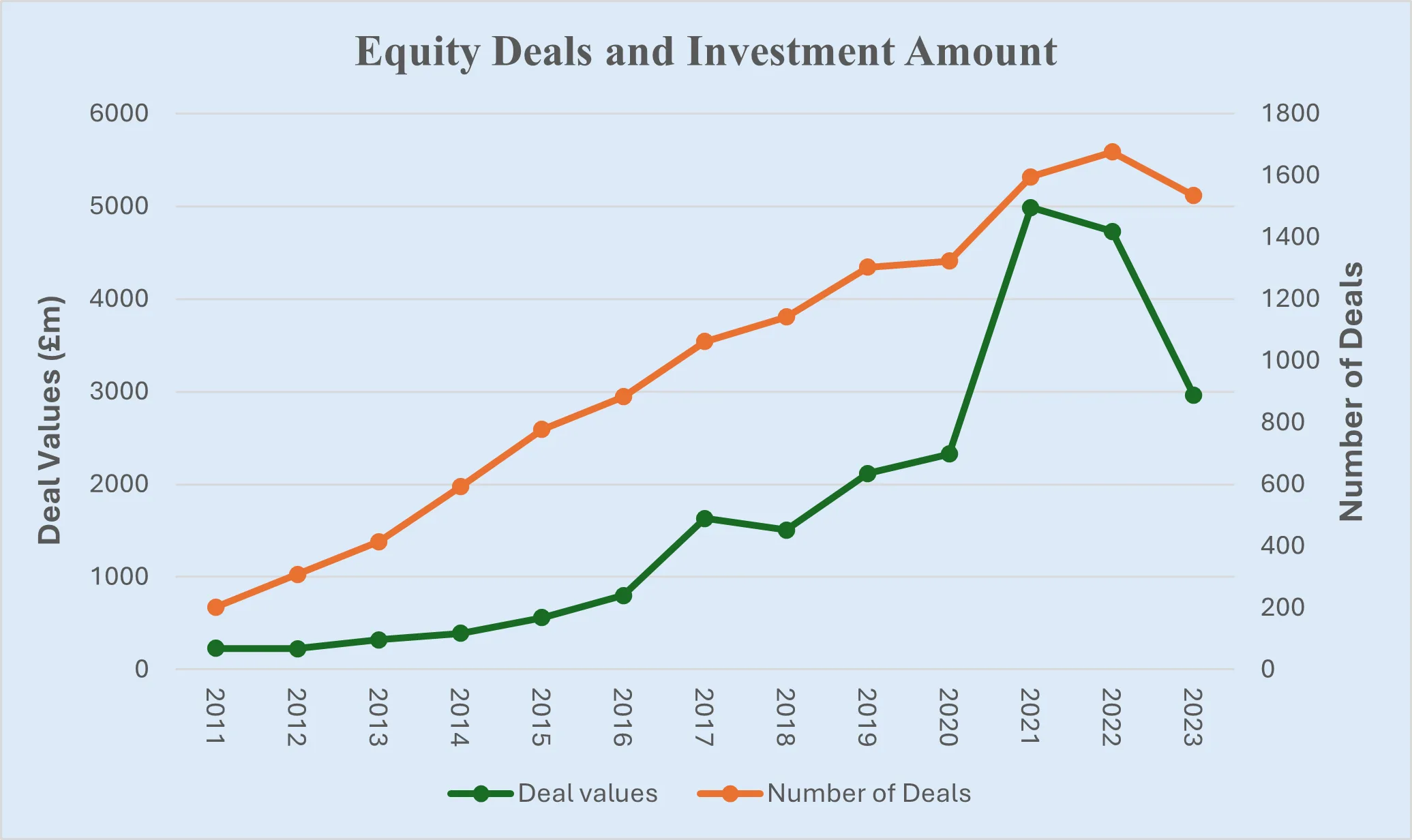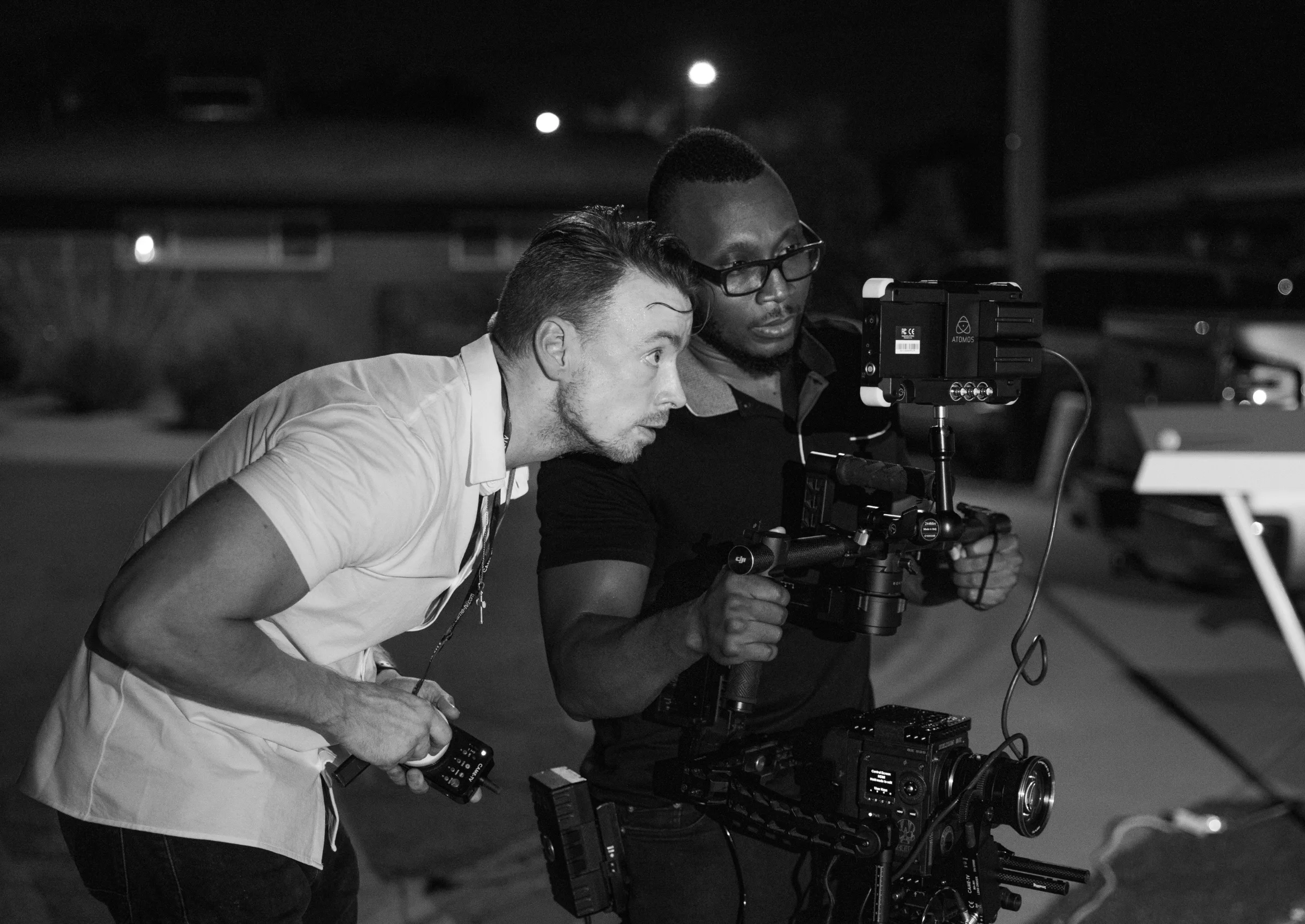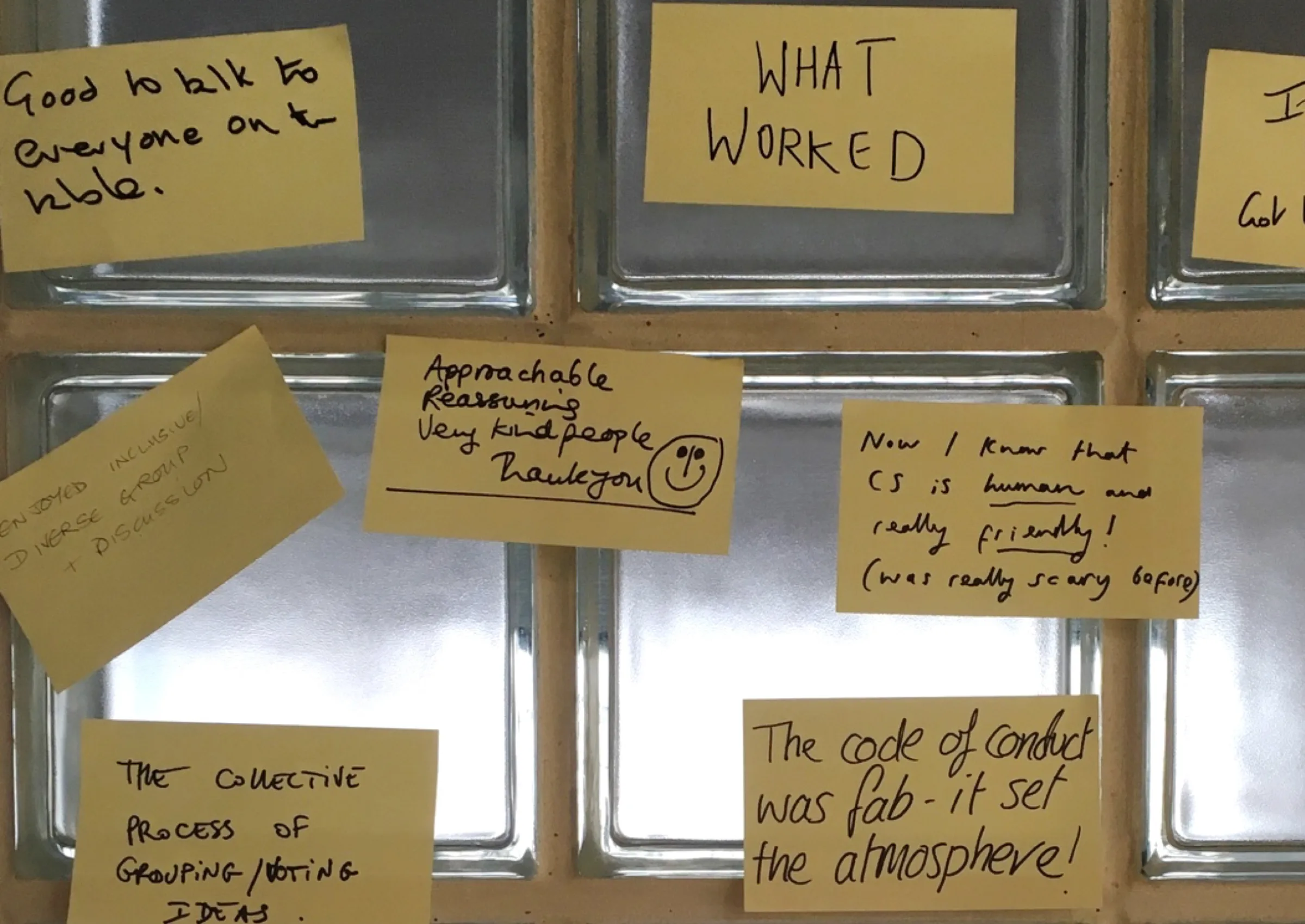What happens when your copyright is infringed and the infringer won’t pay up or won’t stop infringing? Court action through the Intellectual Property Enterprise Court (IPEC) has been made more straightforward since the establishment of a Small Claims Track (SCT) for intellectual property claims below £10,000. The SCT addresses the barrier to court enforcement for low value claims, as previously, the relatively small amount of money at stake didn’t justify the cost and trouble of bringing court action. However, due to the lack of transparency surrounding judgments in the IPEC, individuals considering court action may still have some hesitation in pursuing this route. Potential claimants would benefit from being informed about how the Court decides cases, the amount it awards and who commonly brings claims.
Sheona Burrow, Postdoctoral Research Fellow, from CREATe at the University of Glasgow negotiated exclusive access to all IPEC SCT Court files for its first three years since the Court’s creation (1 October 2012 to 31 December 2015). The Court is part of the High Court of England and Wales, and hears any dispute with a relevant link to England and Wales (e.g. where the defendant lives in those countries). Unlike other courts, very few IPEC SCT judgments are publicly available. CREATe research has therefore addressed the knowledge-gap surrounding the actual workings of Small Claims Track cases, providing vital evidence for potential claimants. What types of remedies are commonly granted by the IPEC SCT? What kinds of figures are awarded and what arguments are relevant when putting a case together?
The research found that a significant proportion of claims in the SCT were claims for photographic copyright infringement brought by freelance professional photographers or their agents (46% of claims – 122 out of 266 claims over three years). CREATe researchers Elena Cooper, Leverhulme Early Career Fellow, and Sheona Burrow then obtained special consent to transcribe all the judgments delivered by the Court in these 122 freelance professional photographer cases. As the majority of cases were settled before they reached court, there were 21 judgments in total.
They then conducted a detailed review of these cases and their research provides important insight into the way in which the Court deals with cases of photographic copyright infringement. The decisions in these cases reveal the Court to be highly sympathetic to the difficulties faced by freelance professional photographers, recognising the importance of income from copyright. The Court was generally unsympathetic to arguments commonly advanced by infringers. Assuming that everything on the internet can be freely used or that, because cheap and stock images are widely available, only a nominal amount should be paid, were not sufficient defences. In all but one case, the claimant was successful.
Furthermore, in the overwhelming majority of judgments, the infringement itself was considered to be clear-cut. The only question for the Court was the amount of money to be awarded. Copyright law – the Copyright Designs and Patents Act 1988 (the CDPA) – enables a claimant to claim financial remedies on a number of grounds. The research paper details the amounts awarded in specific cases and reveals the discussion behind these amounts, where available.
The research also shows that damages could be awarded where copyright works had not been attributed or in the case of ‘derogatory treatment’. This is the addition, deletion, alteration or adaption of a work which distorts or mutilates the work or is otherwise prejudicial to the honour or reputation of the author (section 80 CDPA). Interest on damages (up to 8%), from the date of infringement to judgment, can also be awarded, the norm being between 3-4%. Limited costs can also be claimed, e.g. court fees, travel to/from a court hearing.
The paper was initially published behind a paywall in the Journal of the Royal Photographic Society in May 2019. The full paper was subsequently published in the CREATe series of working papers as Know Your Rights: What can you do when your copyright is infringed?
For more on CREATe’s research in this area, please contact elena.cooper@glasgow.ac.uk and sheona.burrow@glasgow.ac.uk.
Suggested Reading
Cooper, Elena, & Burrow, Sheona (2019) Know your Rights: What can you do when your Copyright is Infringed? http://doi.org/10.5281/zenodo.3475187 [Last accessed November 2019]
Cooper, Elena & Burrow, Sheona (2018) Photographic Copyright and the Intellectual Property Enterprise Court in Historical Perspective. Zenodo. http://doi.org/10.5281/zenodo.1246559 [Last accessed November 2019]
Related Blogs
Taking stock of the Creative Industries Sector Plan
We summarise some of the key sector-wide announcements from the Creative Industries Sector Plan.
Why higher education matters to the arts, culture and heritage sectors
Professor Dave O’Brien, Professor of Cultural and Creative Industries at University of Manches…
What does the 2025 Spending Review mean for the creative industries?
A read out from Creative PEC Bernard Hay and Emily Hopkins On Wednesday 11th June the UK Government …
Bridging the Imagination Deficit
The Equity Gap in Britain’s Creative Industries[1]. by Professor Nick Wilson The creative industries…
Why accredited qualifications matter in journalism
Journalism occupations are included on the DCMS’s list of Creative Occupations and, numbering around…
All Together Now?
Co-location of the Creative Industries with Other Industrial Strategy Priority Sectors Dr Josh Siepe…
The Mahakumbh Mela, India, 2025
The festival economy: A Priceless Moment in Time Worth GBP 280 Billion in Trade Jairaj Mashru looks …
Class inequalities in film funding
Professor Dave O’Brien, University of Manchester, Dr Peter Campbell, University of Liverpool and Dr …
Creative self-employed workforce in England and Wales
Dr Ruoxi Wang, University of Sheffield and Bernard Hay, Head of Policy at Creative PEC Self-employed…
What just happened to funding for culture in Scotland?
First the facts: Creative Scotland announced the outcome of its new Multi-Year Funding Programme on …
Copyright and AI – a new AI Intellectual Property Right for composers, authors and artists
Background The new technology landscape emerging from the super rapid progress in developing AI, Gen…

